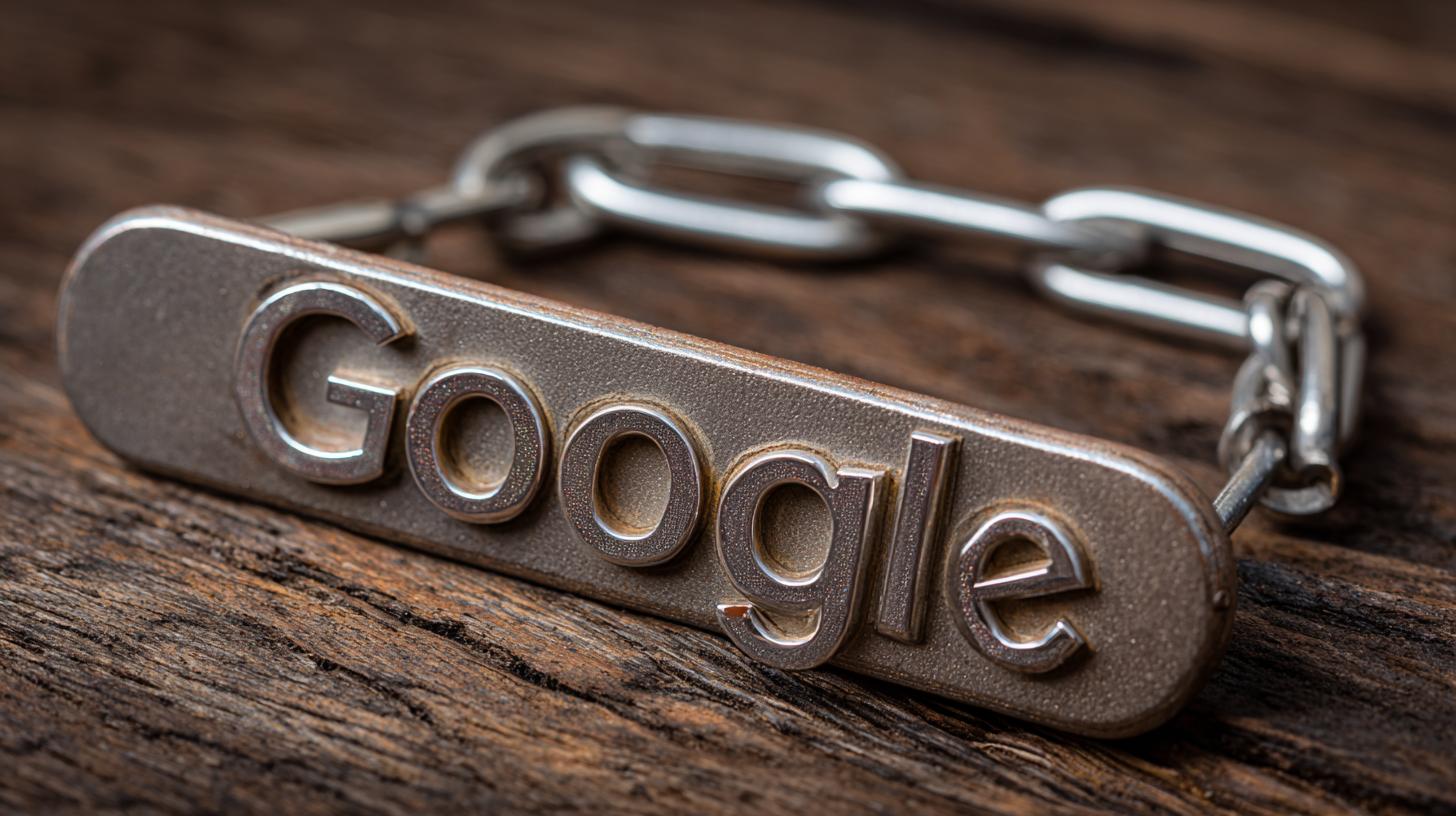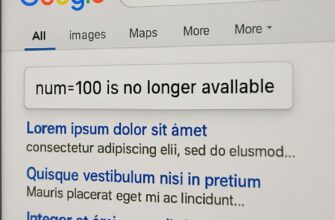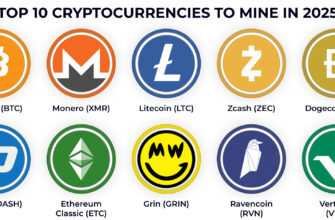Search engine optimization has changed a lot in the last decade, but a persistent question keeps coming up: are keywords in URLs important? The impact of keywords in URLs on Google rankings: what you need to know is a practical, often-misunderstood topic that sits at the intersection of user experience, technical SEO, and content relevance.
- What does it mean to put keywords in a URL?
- How Google has treated URL keywords over time
- What Google says today
- How much of an effect do URL keywords actually have?
- Benefits beyond ranking: user experience and click-through rates
- Anchor text and linking behavior
- Risks and common mistakes with keyword-rich URLs
- Best practices for using keywords in URLs
- Dos and don’ts at a glance
- Real-life examples and a small experiment
- Technical considerations that affect how Google uses URLs
- Subdomains, subfolders, and where to place keywords
- When keywords in URLs are less useful
- How to measure whether your URL changes are helping
- Content and URL alignment: the smarter strategy
- Checklist for implementing keyword-friendly URLs
- Alternatives and complements to relying on URL keywords
- Final thoughts on when to prioritize URL keywords
What does it mean to put keywords in a URL?

When SEO people talk about keywords in URLs, they mean adding a readable, descriptive word or phrase to the path portion of a web address — for example, example.com/best-running-shoes instead of example.com/post?id=123. A keyword-rich URL is human-friendly and gives immediate context about the page’s topic.
That context can benefit both visitors and search engine crawlers. For users, a clear URL can signal relevance before they click; for search engines, the URL is one of many signals used to interpret a page’s subject and intent.
How Google has treated URL keywords over time

In the early days of search, exact-match keyword URLs sometimes produced a noticeable ranking boost. People noticed that stuffing relevant keywords into URLs could help a page rank for those terms. That created incentives to manipulate URLs purely for ranking, which in turn led Google to refine its algorithms to reduce reward for low-quality tactics.
Over successive updates, Google has emphasized content quality, relevance, and user signals more than isolated on-page tricks. URLs remained a signal, but their relative weight diminished compared with things like content depth, backlinks, and user engagement. The change was less a ban on keywords and more a correction: URLs should be useful and honest, not a vehicle for keyword stuffing.
What Google says today

Google’s public guidance is straightforward: use simple, descriptive URLs that help humans understand what the page is about. They explicitly discourage keyword stuffing and over-optimization. URLs are one of many relevance signals, and while they can help, they are not a magic bullet that will override poor content or weak linking profiles.
For technical clarity, Google can read keywords in a URL and sometimes uses that information to match queries with pages. But the search engine also uses page content, structured data, internal links, and external links to form a holistic understanding of a page’s topic and authority.
How much of an effect do URL keywords actually have?

In practical terms, a keyword in the URL can provide a small ranking signal — typically incremental rather than decisive. If two pages are otherwise equal in relevance, backlinks, and content quality, the clearer, keyword-relevant URL might win a slight edge. But that scenario is rare; most ranking differences are driven by content and links.
Where the effect becomes more visible is indirect: clear URLs can increase click-through rates and usability. Better CTRs from search results, higher shareability, and easier linking from other sites can all feed into stronger performance over time. The direct ranking value is modest; the ancillary benefits are where you often see the payoff.
Benefits beyond ranking: user experience and click-through rates

A well-structured URL improves user trust and understanding. When someone spots a result with a readable path that matches their search intent, they are more likely to click because the URL reinforces the title and snippet. That immediate clarity can lift organic click-through rate, which in turn can affect search performance.
URLs are also visible in social shares, emails, and printed materials. A concise URL that includes relevant words is easier for people to read aloud, remember, and attribute correctly. These small conveniences add up, especially for content intended to be regularly referenced or shared.
Anchor text and linking behavior

When people link to a page, they sometimes copy the URL into text or use the URL as part of the anchor. A meaningful URL that contains keywords can act as a natural anchor when users paste links without editing the anchor text. That behavior makes URLs a potential contributor to relevance signals in backlink profiles.
However, modern linking practices and Google’s analysis of anchors have reduced the importance of exact-match anchors for ranking. Link quality, context, and the surrounding text still matter far more than whether the URL itself carries a keyword.
Risks and common mistakes with keyword-rich URLs

Over-optimization is the most common risk. Stuffing every URL with multiple variations of the same keyword, or creating long, unnatural paths to force keyword presence, looks manipulative and harms user experience. Google looks to reward pages that solve real user problems, not those that game a signal.
Another mistake is creating multiple nearly-identical URLs that only differ by keyword variations. That creates duplicate content risk and wastes crawl budget. Poor redirect management when restructuring URLs can also cause traffic loss and indexing issues if not handled with proper 301 redirects and canonical tags.
Best practices for using keywords in URLs

Favor clarity and brevity. Shorter URLs that use hyphens to separate words are easier to read and share, and they avoid the cognitive friction of long, complex paths. Pick a single, descriptive phrase that reflects the page’s primary focus and avoid packing in secondary keywords.
Use lowercase letters and hyphens; avoid underscores, spaces, and excessive punctuation. Include only essential words — remove stop words like “the” and “and” unless they are part of a brand name or necessary for clarity. Keep the domain and primary category structure logical and consistent across the site.
When you need to change URLs, plan redirects carefully. Implement 301 redirects from old URLs to new ones and update internal links to point to the canonical address. Test redirects and monitor indexing to catch unexpected drops in traffic early.
Dos and don’ts at a glance
Here’s a compact comparison to help prioritize actions when you’re crafting or auditing URLs. Refer to it when making decisions about structure or when migrating large sections of a site.
| Do | Don’t |
|---|---|
| Use descriptive, concise words | Stuff multiple keyword variations into the path |
| Keep URLs readable for humans | Create long query-string URLs without clean slugs |
| Implement proper 301 redirects on changes | Leave old URLs live and unredirected |
| Use hyphens and lowercase | Use underscores, spaces, or camelCase |
Real-life examples and a small experiment

I run a mid-size blog and experimented with URL changes on a handful of posts that were already ranking on page two. I simplified the URLs to remove cluttered category IDs and shortened the slugs to include a single phrase matching the page topic. Over a few months, a couple of those pages moved up, but the movement coincided with content updates and internal linking improvements.
The takeaway from that test was not that keywords in the URL alone caused the lift, but that cleaning URLs was part of a broader improvement in content quality and structure. The URL changes aided usability and made it easier for me to promote the content, which collectively produced better results.
Technical considerations that affect how Google uses URLs

Crawlability matters. If your site uses lots of session IDs, parameters, or JavaScript-only navigation that obscures readable paths, Google may not treat the URL in the same way as a clean static slug. Wherever possible, expose semantic paths in the server-rendered HTML or use server-side rendering for important pages.
Canonical tags help disambiguate duplicate URLs. If the same content appears under different paths, set the canonical to the preferred URL and ensure consistent internal linking. That tells Google which address you want to rank and reduces index bloat.
Subdomains, subfolders, and where to place keywords

Whether you use a subfolder (example.com/blog/keyword) or a subdomain (blog.example.com/keyword) has implications beyond keyword placement. Subfolders typically inherit domain authority more directly than subdomains. For most sites, placing content in logical subfolders preserves link equity and simplifies management.
If a subdomain is necessary for organizational reasons — for instance, when running a separate application — keep the slugs clear and still follow readability rules. The keyword benefits in the path are similar; the main difference is how authority is aggregated across the domain structure.
When keywords in URLs are less useful

Dynamic filters and faceted navigation often generate URLs that contain many parameters. Those are poor places for keywords unless you canonicalize to a main category page. Search engines ignore signals from excessively parameterized URLs, and users get confused by long strings of filters in the address bar.
Also, for ephemeral pages or campaign landing pages, the long-term SEO value of embedding keywords in temporary URLs is limited. For short campaigns, focus on metadata, landing page content, and promotion rather than URL keyword optimization.
How to measure whether your URL changes are helping

Set up an experiment with clear metrics: organic traffic, impressions, click-through rate, rankings for target keywords, and engagement metrics like time on page and bounce rate. Make one change at a time when possible — for instance, change only the URL and monitor before altering content or internal links.
Use Google Search Console to watch impressions and CTR changes, and Google Analytics (or your analytics tool) to assess behavior. If you perform a larger migration, keep a baseline report to compare pre- and post-change performance and be prepared for temporary volatility as Google re-indexes content.
Content and URL alignment: the smarter strategy

Think of the URL as part of a broader content package that includes the title, headings, meta description, and body copy. They should all tell the same story about a page’s intent. When URL keywords align with on-page language, it creates a consistent signal for both users and search engines.
This alignment also helps with internal linking: when teams create links using natural anchor text that matches the URL slug and the page content, the whole site becomes more coherent and easier for crawlers to interpret.
Checklist for implementing keyword-friendly URLs

Here’s a brief checklist you can use when creating or auditing URLs. Treat it as a practical guide rather than a rigid rule set; every site has unique needs and constraints.
- Keep the slug short and descriptive, using one clear phrase.
- Use hyphens to separate words and lowercase characters only.
- Avoid keyword stuffing and redundant categories in the path.
- Ensure internal links point to canonical URLs, not redirects.
- Implement 301 redirects for any URL changes and monitor with Search Console.
Following these steps will keep your URLs clean, usable, and aligned with broader SEO best practices. The focus should always be on clarity and long-term maintainability.
Alternatives and complements to relying on URL keywords

If your site’s structure or CMS makes it difficult to change URLs, there are other ways to communicate relevance. Strong title tags, well-crafted meta descriptions, schema markup, and clear H1 headings are powerful signals that complement or even outperform a keyword in the URL.
Invest in content depth and promotion. A widely linked, authoritative article will outrank a keyword-stuffed but thin page nearly every time. Consider outreach, internal linking improvements, and content upgrades as higher-priority activities than obsessing over the perfect slug.
Final thoughts on when to prioritize URL keywords

Use keywords in URLs when doing so improves clarity and user experience. Treat the URL as part of your brand’s information architecture rather than a tactical SEO lever. When URLs are concise and descriptive, they support better clicks, easier sharing, and clearer site navigation — and those things matter a lot to Google over the long haul.
In short, the keyword itself is a small signal; the larger win comes from usability, consistency, and the cumulative effects of clean URLs across your site. Make changes thoughtfully, track the outcomes, and prioritize content quality and link building above any single on-page tweak.







